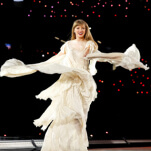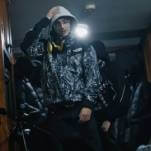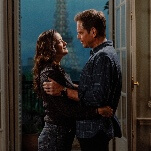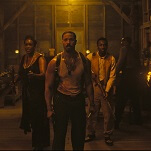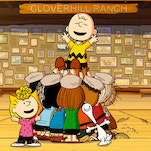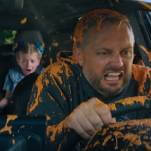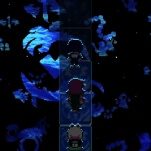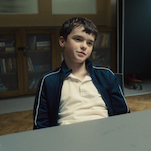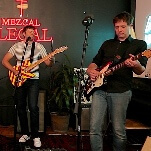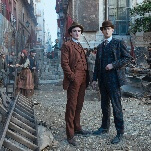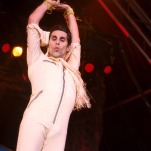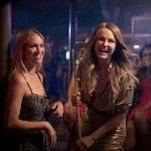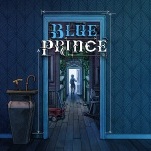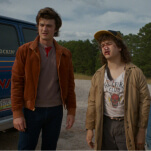It
looks fantastic. Sátántangó takes
place on a Hungarian collective farm toward the end of the communist era. Even
more than the plot—about a silver-tongued activist who bilks venal
farmers out of a government settlement—Sátántangó's reputation is tied to its style and
atmosphere. Tarr shoots in luminous black-and-white, and lets his camera roam
smoothly over muddy landscapes and crumbling interiors, taking in the sagging
faces, sunken eyes, and matted hair. Every raindrop and plume of smoke adds to
the texture, and given that Sátántangó is anchored by two lengthy wordless sequences—one in
which a corpulent drunk tries to work up the energy to leave his house, and one
in which a disturbed young girl tortures her cat—that texture has to be
right.
Secondly,
for all its length and relative inaction—exacerbated by the way Tarr and
novelist László Krasznahorkai double back and show events from different
perspectives—Sátántangó is
curiously mesmerizing, even shrunken to TV size. The movie unspools like a
modernist novel in which the audience is asked to supply much of the prose, and
oddly enough, what might seem tedious at four hours is more enveloping at
almost twice that length. Though DVD lets viewers put Sátántangó down and pick it back up—again, like
a novel—it's hard not to fall into step with Tarr's vision of a world
where enormous pigs, rutting cows, and tenacious spiders say as much about
humanity as the sodden sad-sacks meant to represent it.
Key features: A handful of bonus Tarr films, including a
TV production of Macbeth in which he first experimented with his long-take technique.



